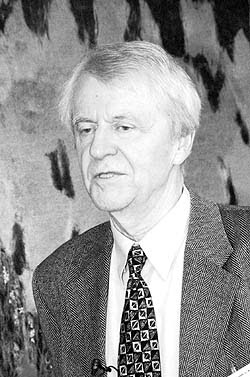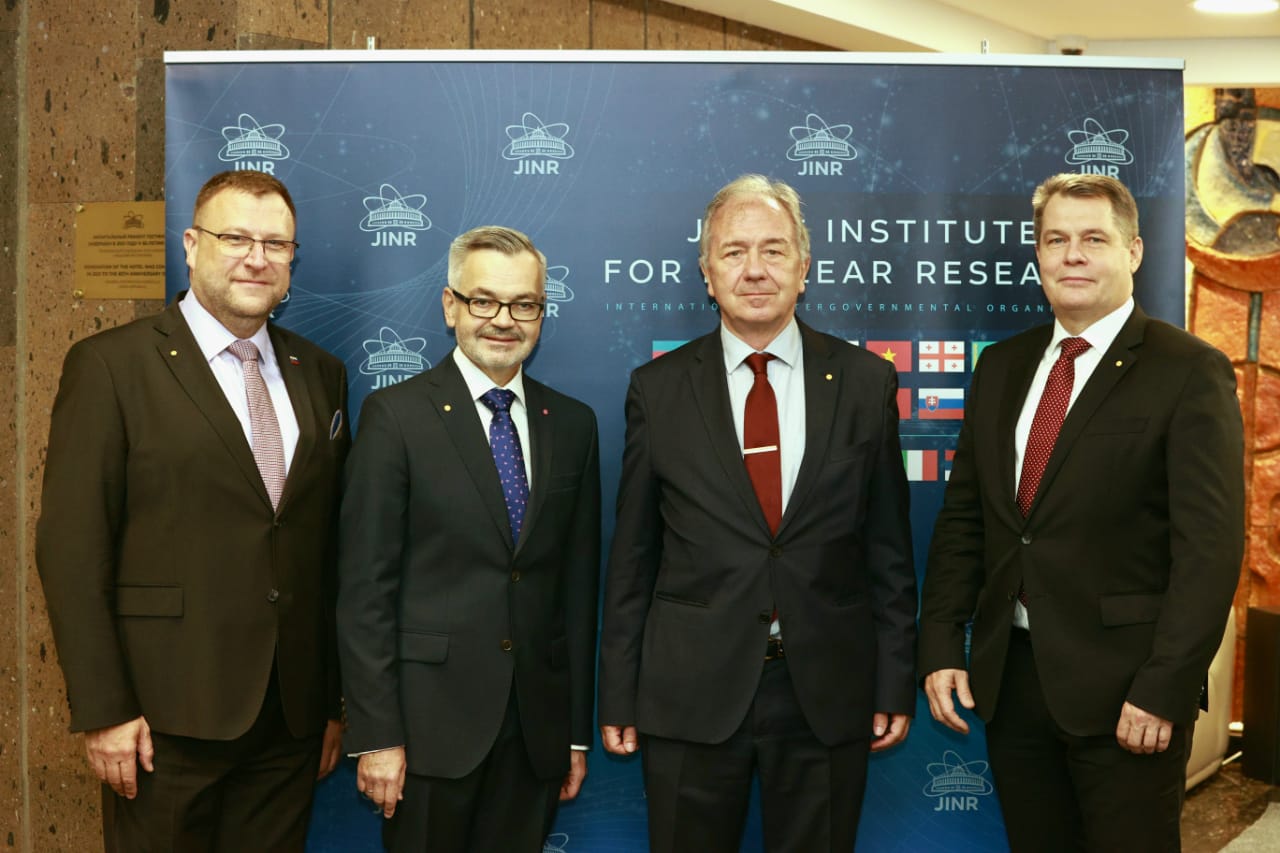Induction of HPRT mutations in mammalian cells after irradiation with heavy ions
Author
| Bláha Pavel, Ing. Ph.D. | Faculty of Nuclear Sciences and Physical Engineering CTU, JINR Dubna |
Year
2018
Scientific journal
Doctoral thesis at the FNSPE CTU in Prague
Abstract
Induction of mutations in mammalian cells after exposure to ionizing radiation (IR) and their propagation in time remains to be of great interest of the fundamental radiation research. In the connection with planned long-term space flights beyond the Earth’s magnetosphere and the still increasing use during cancer treatment, the attention has been recently shifted to the study of high-charge and high-energy ions which represent a substantial part of the galactic cosmic ray spectra.
This work focuses on the study of delayed genetic effects in Chinese hamster V79 cells after exposure to radiation with high values of linear energy transfer (LET). Emphasis is given to the induction of mutations in the gene encoding hypoxanthine-guanine phosphoribosyltransferase (HPRT) after prolonged expression times (ET; period of cell growth from irradiation until reseeding on a selective medium) as well as to the analysis of structural alterations in the HPRT gene of IR induced mutants. Various irradiation conditions were used during this study: accelerated heavy ions 18O (E = 35.2 MeV/n ), 20Ne (E = 47.7 MeV/n and 51.8 MeV/n), and 11B (E = 32.4 MeV/n), with LET in the range from 49 to 149 keV/µm and also electromagnetic gamma radiation of 60Co with estimated LET ~ 0.23 keV/µm. The induced HPRT mutant colonies were detected in irradiated cells during every cell culture recultivation (usually every 3 days) up to approximately 40 days (70 – 80 generations) after irradiation. Unique mutant colonies were isolated regularly and their DNA extracted and analyzed. It was found that the mutant fraction (MF) maximum is reached at different ET in dependence on the used IR. In the LET interval tested, the position of MF maximum was moving toward longer ET with higher LET. Substantial differences in mutational spectra (on the exon level) were found between the mutants induced either by sparsely or by densely ionizing radiation. Moreover, correlation between the MF maximum and total deletion maximum was observed at similar ET after irradiation.
A hypothesis about the IR induced delayed genetic effects being a manifestation of genomic instability is discussed. It is speculated that the LET dependent effects are related to the different energy deposition structure along the particle track. However, the exact mechanisms involved in the observed phenomena and induction and propagation of genomic instability are yet to be elucidated.
This work focuses on the study of delayed genetic effects in Chinese hamster V79 cells after exposure to radiation with high values of linear energy transfer (LET). Emphasis is given to the induction of mutations in the gene encoding hypoxanthine-guanine phosphoribosyltransferase (HPRT) after prolonged expression times (ET; period of cell growth from irradiation until reseeding on a selective medium) as well as to the analysis of structural alterations in the HPRT gene of IR induced mutants. Various irradiation conditions were used during this study: accelerated heavy ions 18O (E = 35.2 MeV/n ), 20Ne (E = 47.7 MeV/n and 51.8 MeV/n), and 11B (E = 32.4 MeV/n), with LET in the range from 49 to 149 keV/µm and also electromagnetic gamma radiation of 60Co with estimated LET ~ 0.23 keV/µm. The induced HPRT mutant colonies were detected in irradiated cells during every cell culture recultivation (usually every 3 days) up to approximately 40 days (70 – 80 generations) after irradiation. Unique mutant colonies were isolated regularly and their DNA extracted and analyzed. It was found that the mutant fraction (MF) maximum is reached at different ET in dependence on the used IR. In the LET interval tested, the position of MF maximum was moving toward longer ET with higher LET. Substantial differences in mutational spectra (on the exon level) were found between the mutants induced either by sparsely or by densely ionizing radiation. Moreover, correlation between the MF maximum and total deletion maximum was observed at similar ET after irradiation.
A hypothesis about the IR induced delayed genetic effects being a manifestation of genomic instability is discussed. It is speculated that the LET dependent effects are related to the different energy deposition structure along the particle track. However, the exact mechanisms involved in the observed phenomena and induction and propagation of genomic instability are yet to be elucidated.
Cite article as:
P. Bláha, "Induction of HPRT mutations in mammalian cells after irradiation with heavy ions", Doctoral thesis at the FNSPE CTU in Prague (2018)


 MINISTR ŠKOLSTVÍ KE SPOLUPRÁCI ČR S SÚJV
MINISTR ŠKOLSTVÍ KE SPOLUPRÁCI ČR S SÚJV INTEREST JINR, Wave 6
INTEREST JINR, Wave 6 The passing of Ivo Zvára
The passing of Ivo Zvára Call for the projects solved in collaboration with JINR (Projects 3+3)
Call for the projects solved in collaboration with JINR (Projects 3+3)  Call for the Grants of the Plenipotentiary of the Government of the Czech Republic in JINR
Call for the Grants of the Plenipotentiary of the Government of the Czech Republic in JINR Czech Ambassador in Russia visited JINR
Czech Ambassador in Russia visited JINR INTEREST JINR, Wave 5
INTEREST JINR, Wave 5 Russia Visa Centre
Russia Visa Centre Working Stays CR - JINR 2022
Working Stays CR - JINR 2022